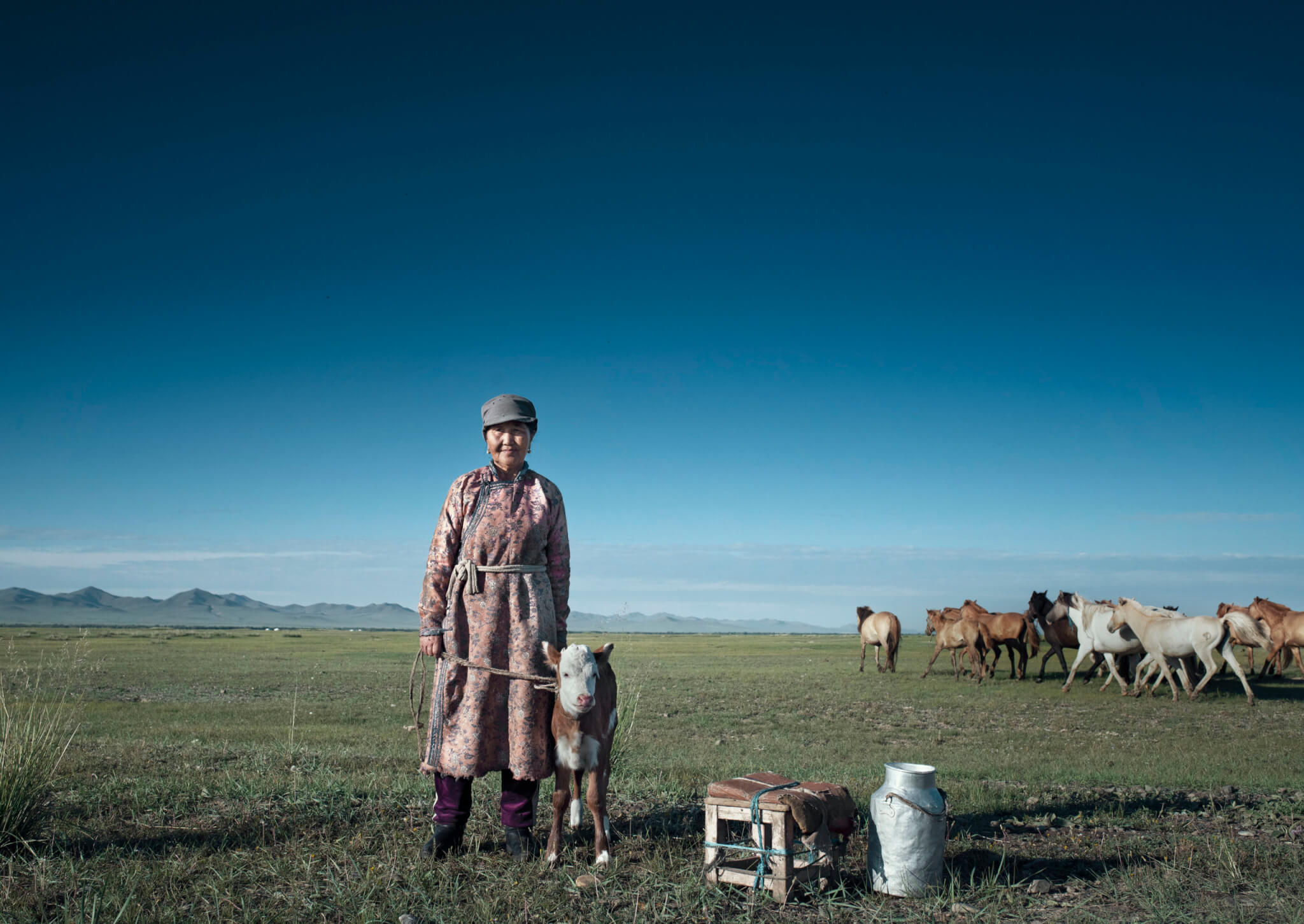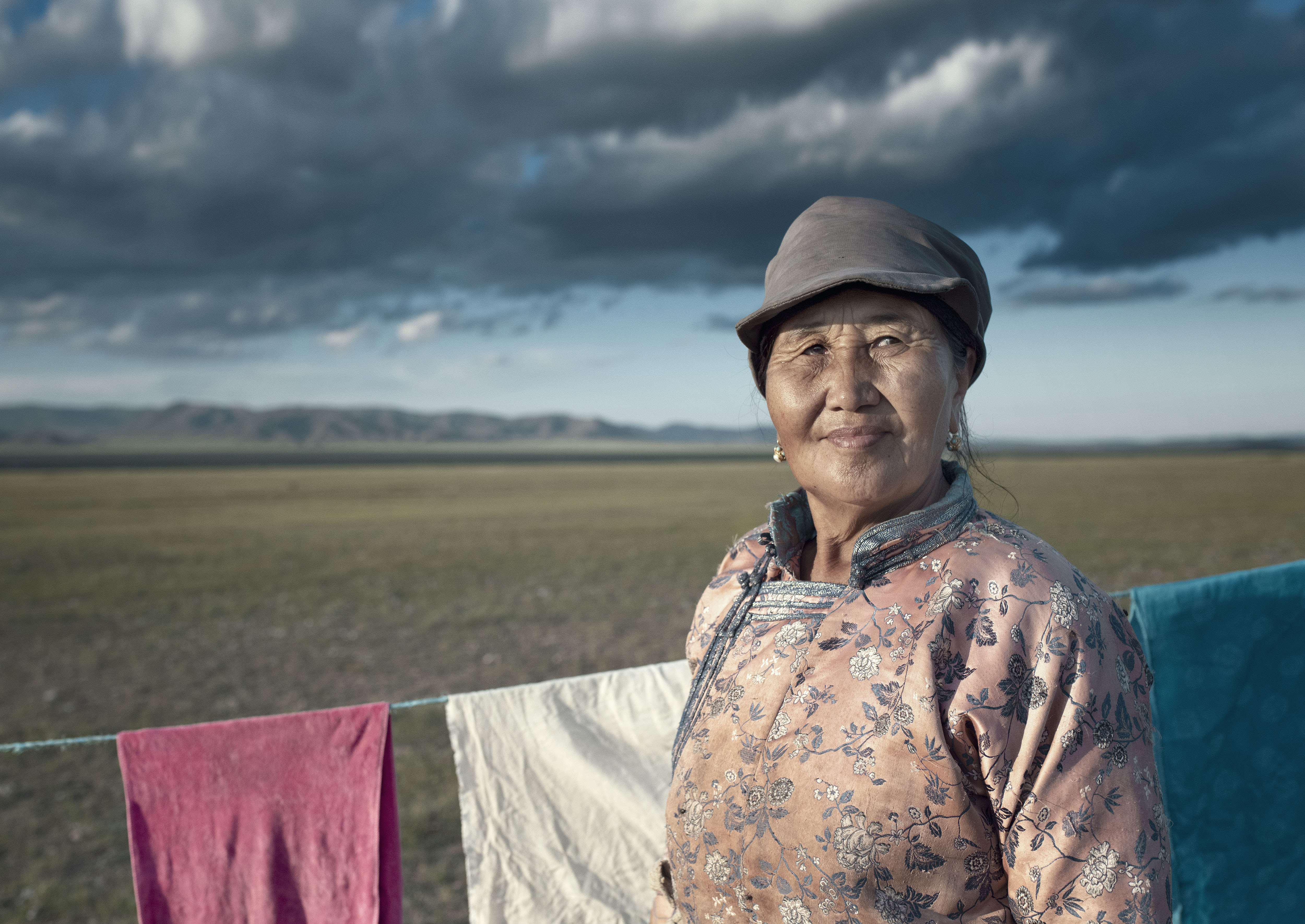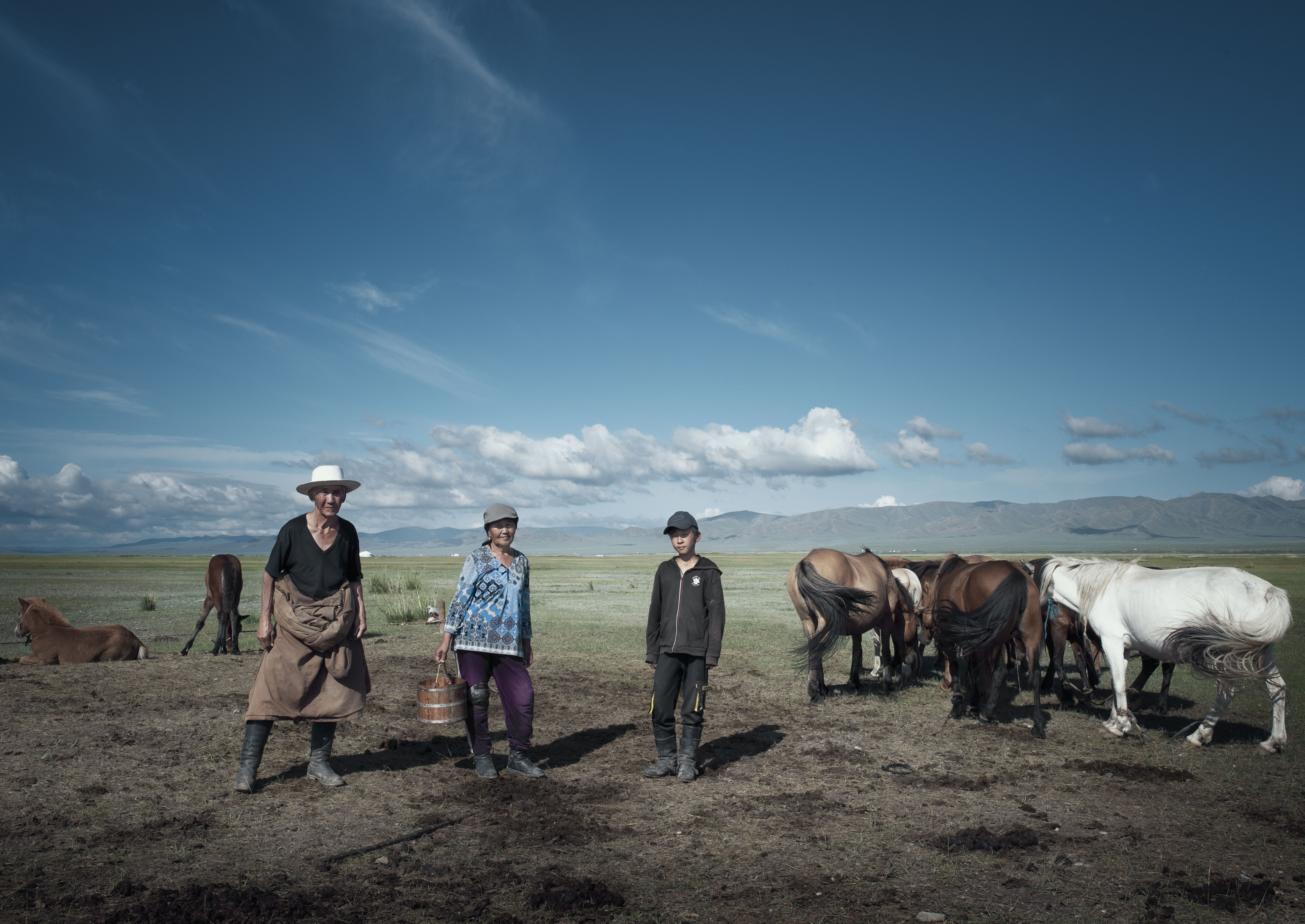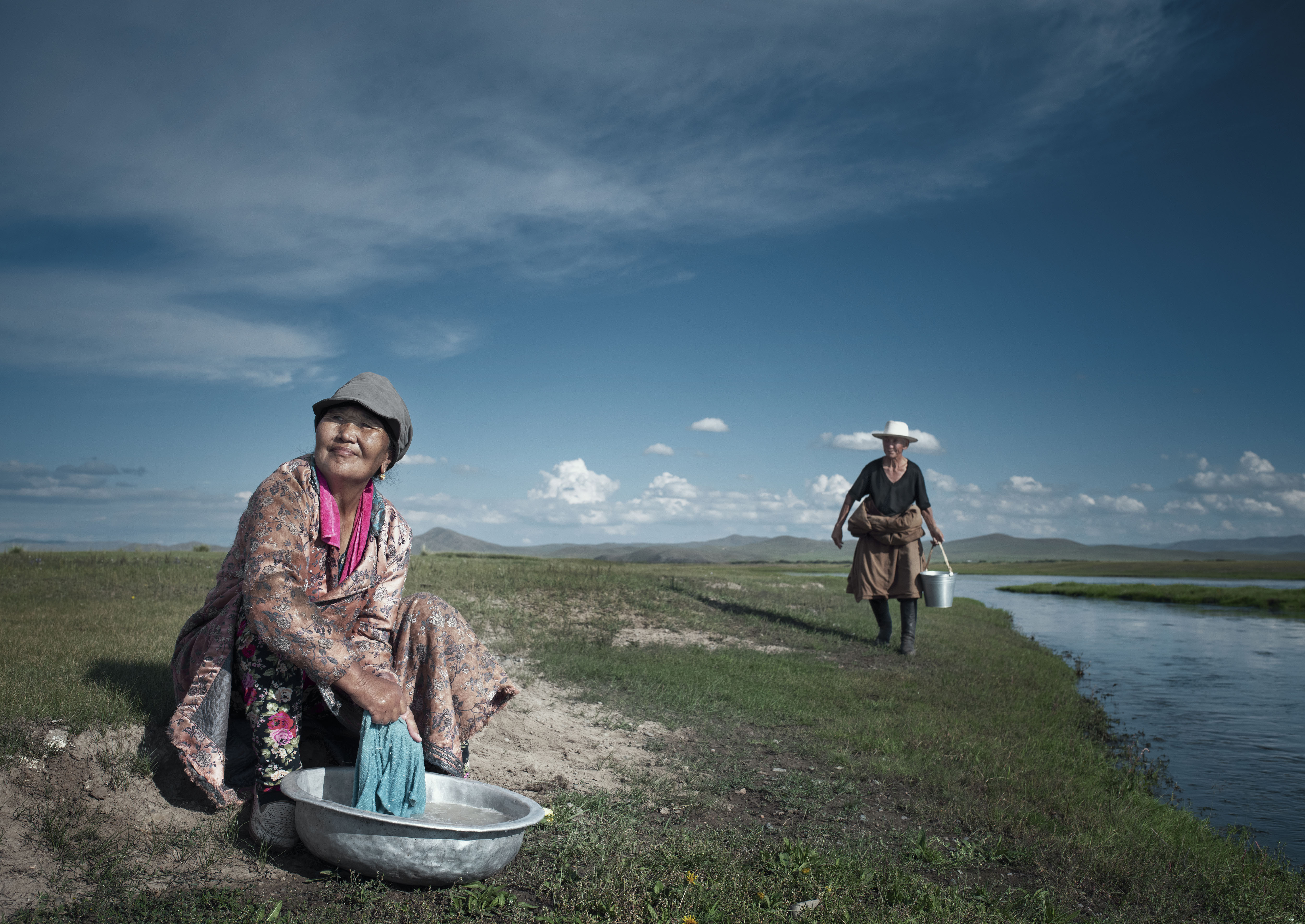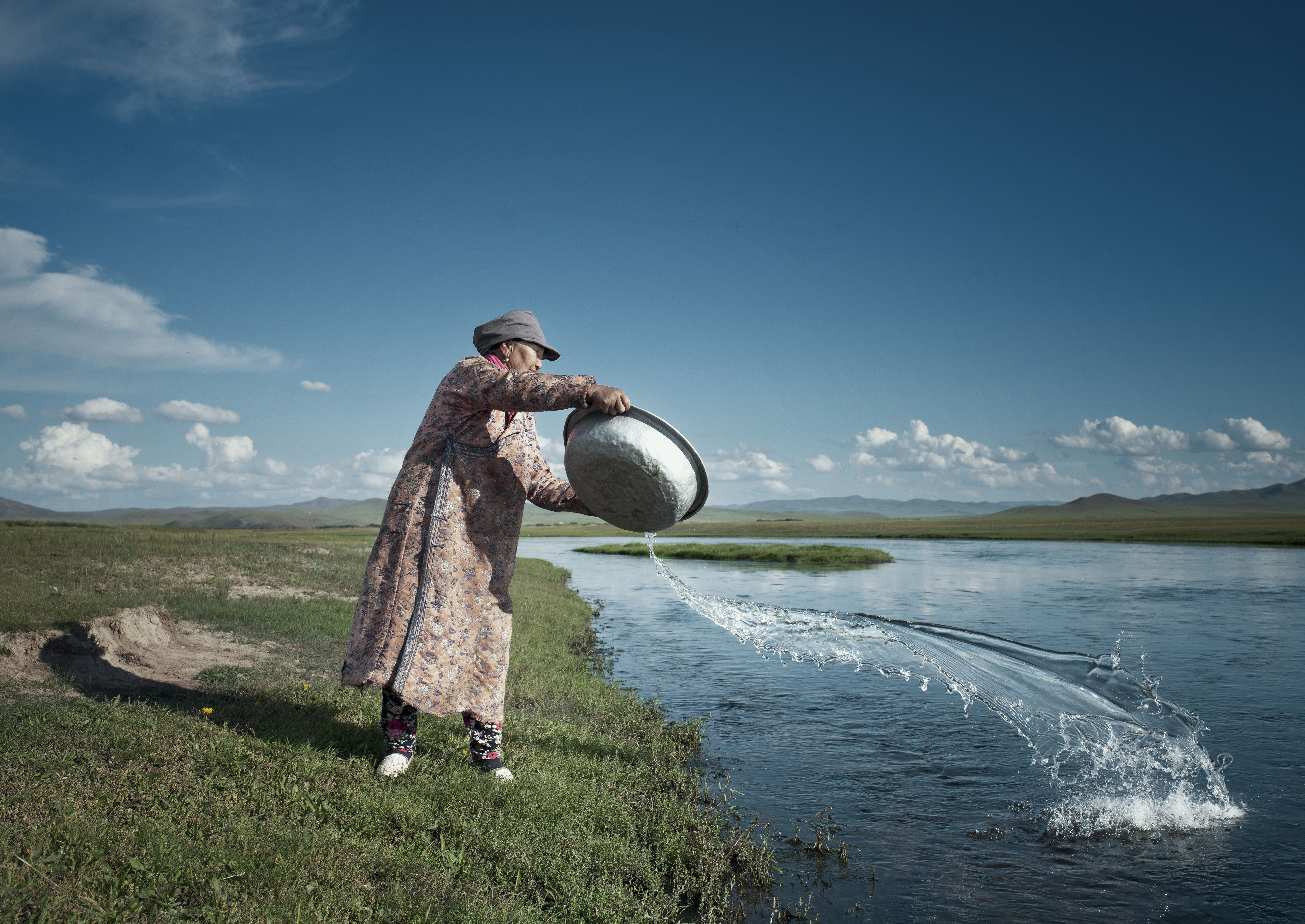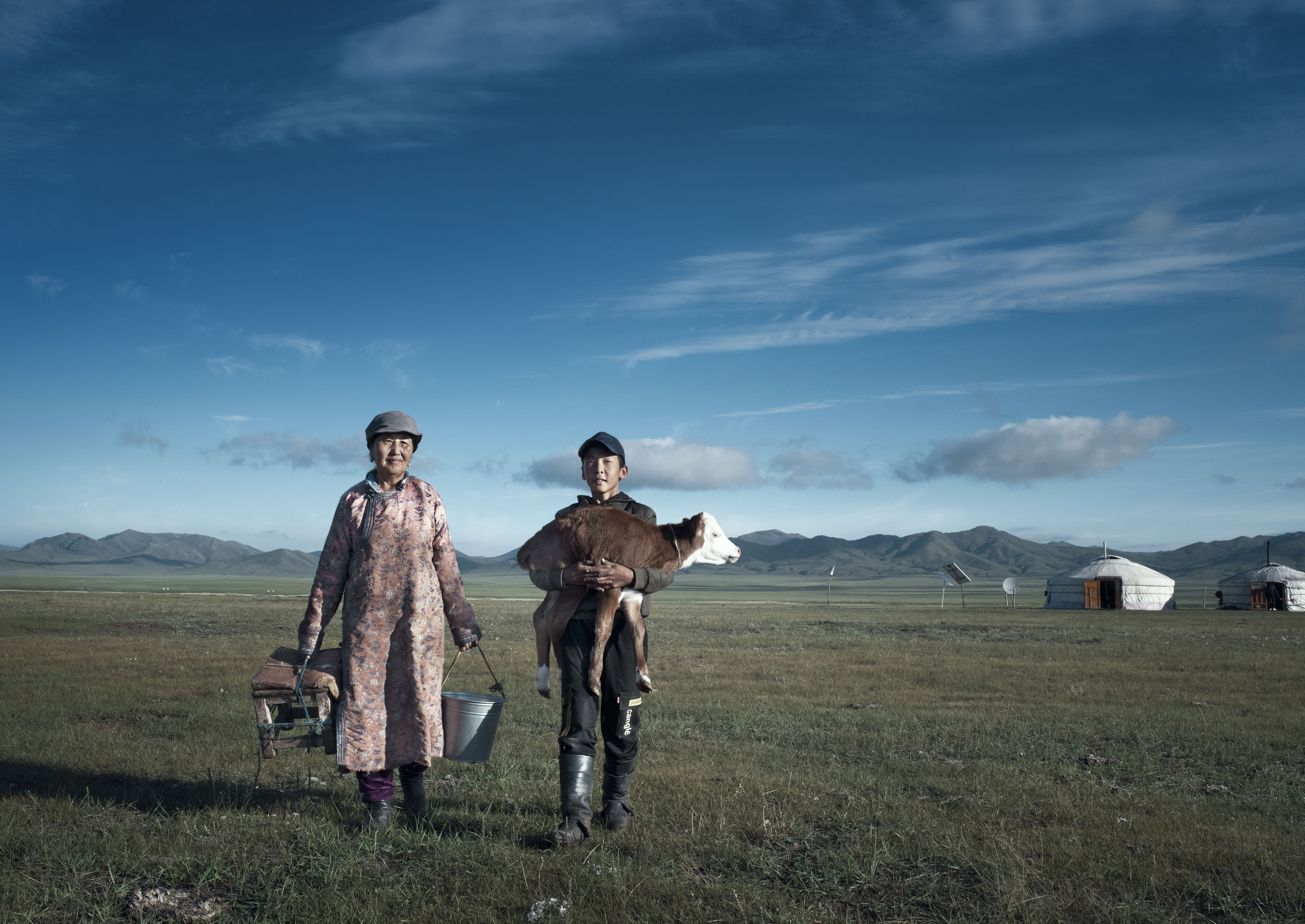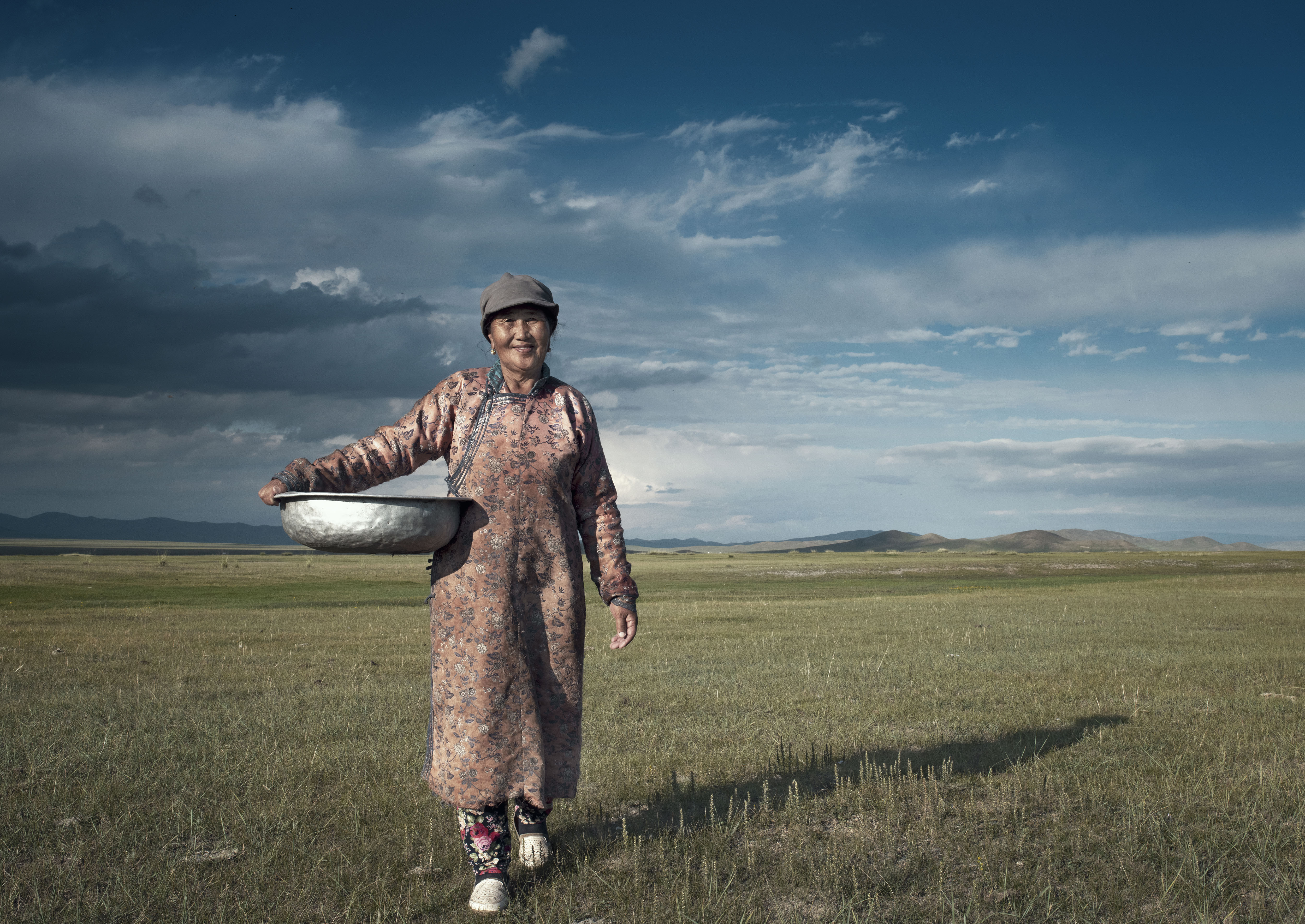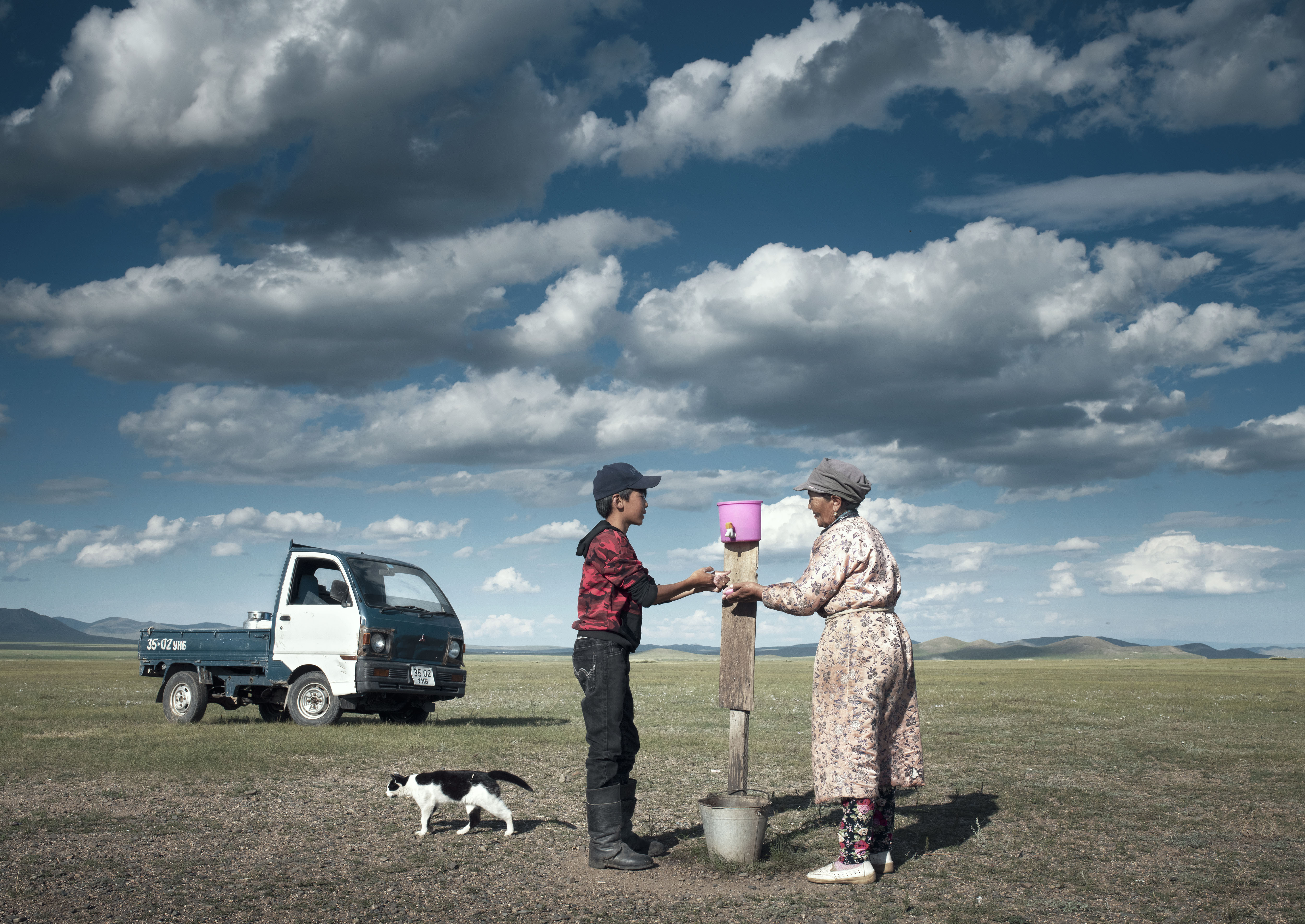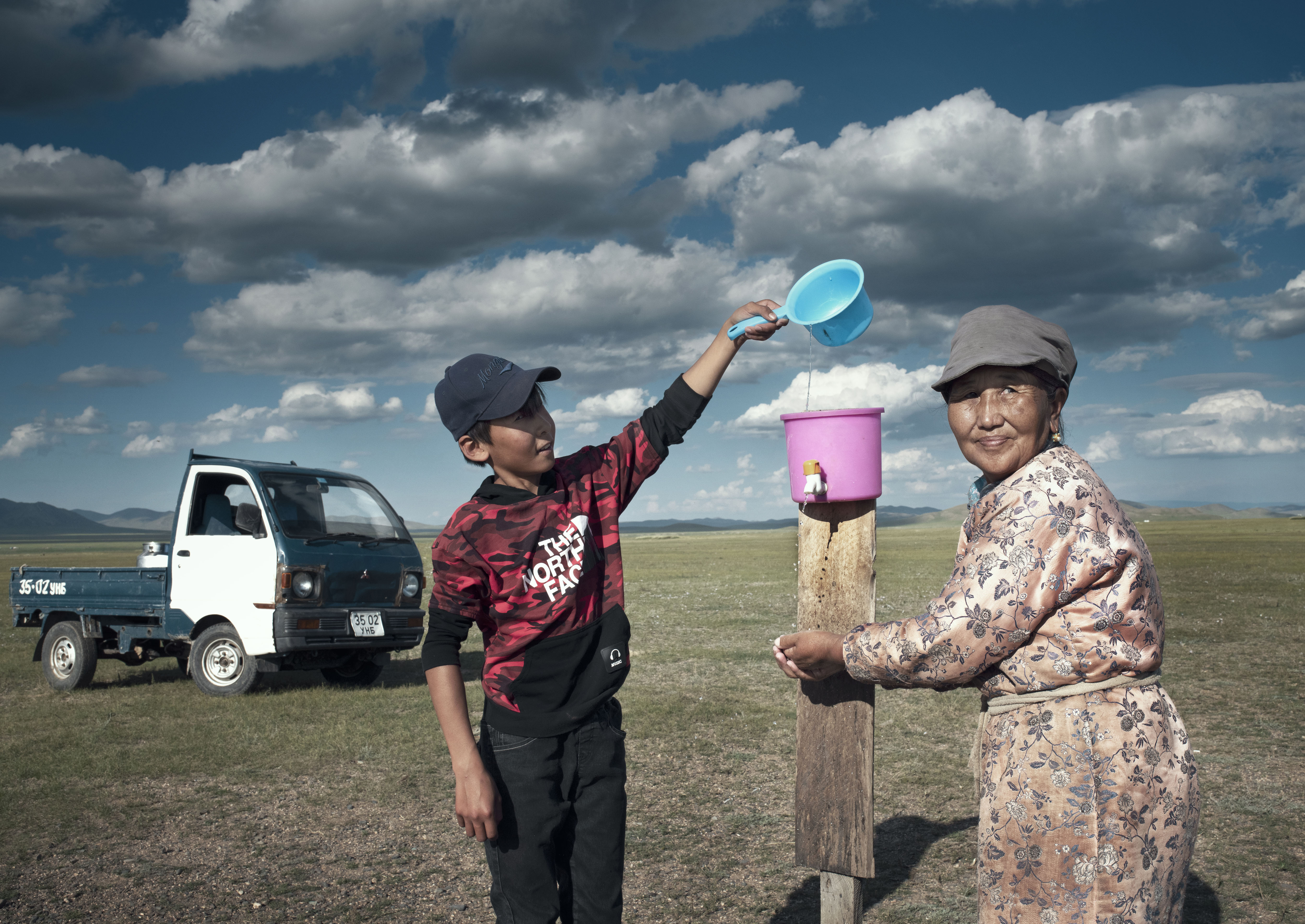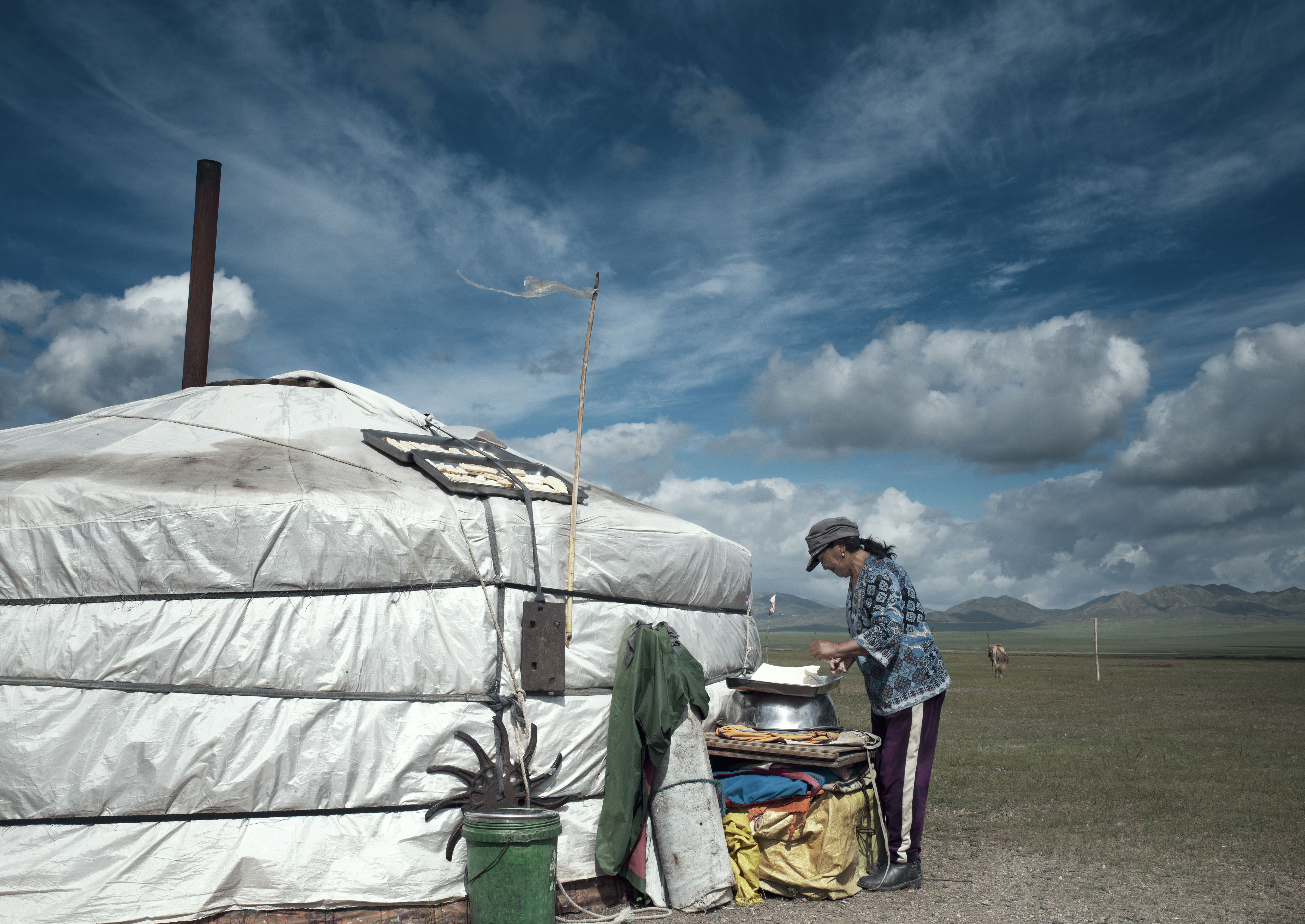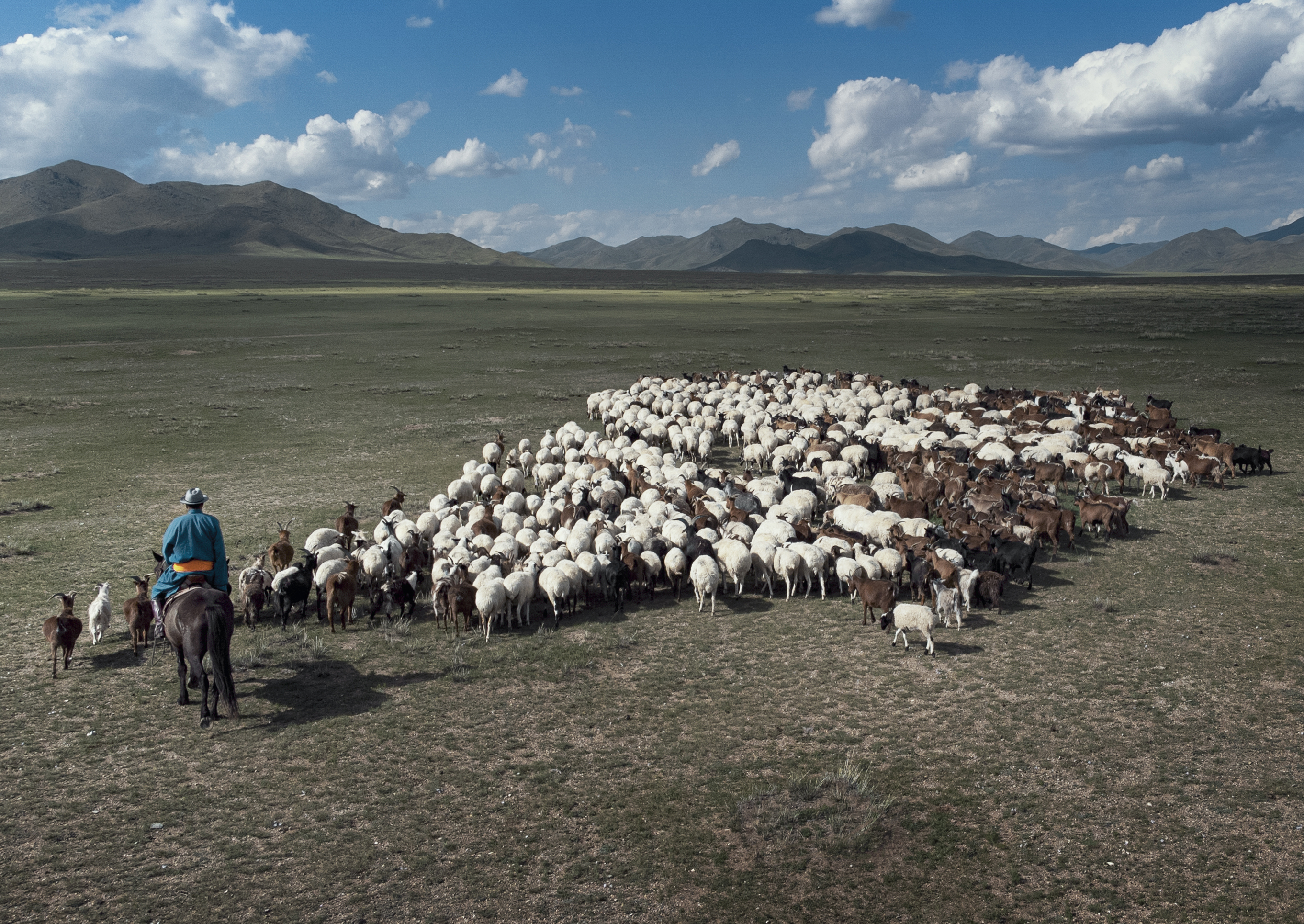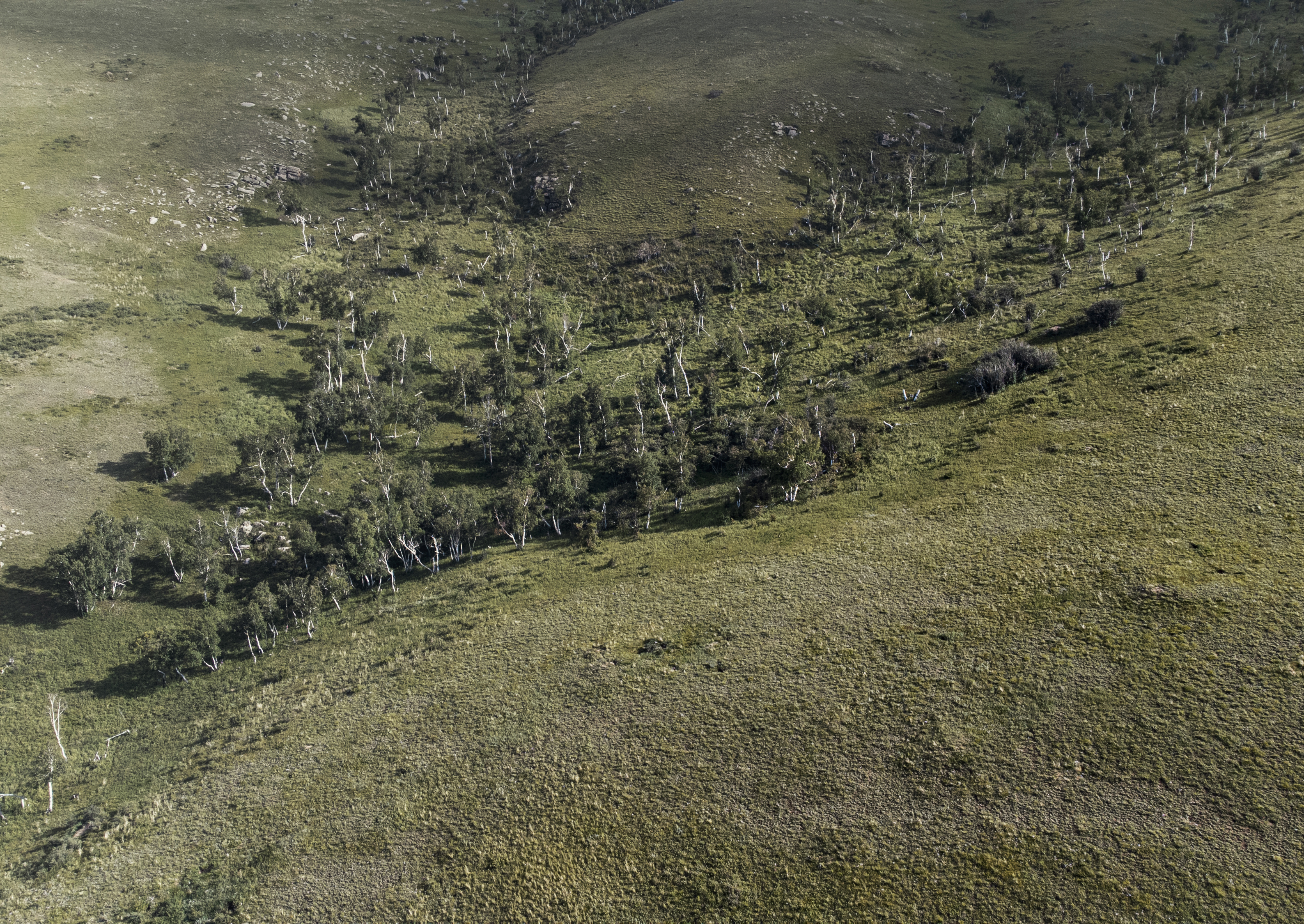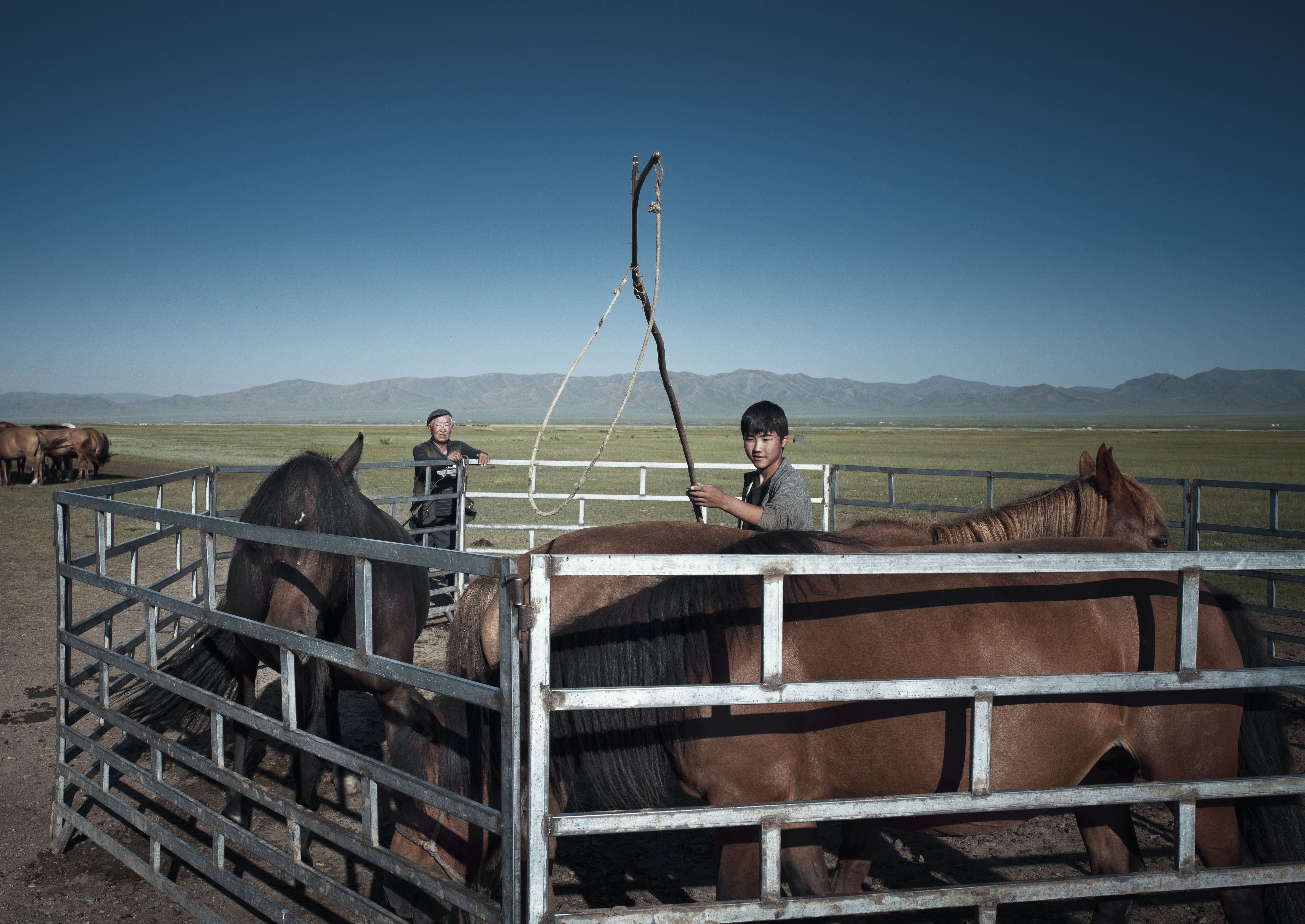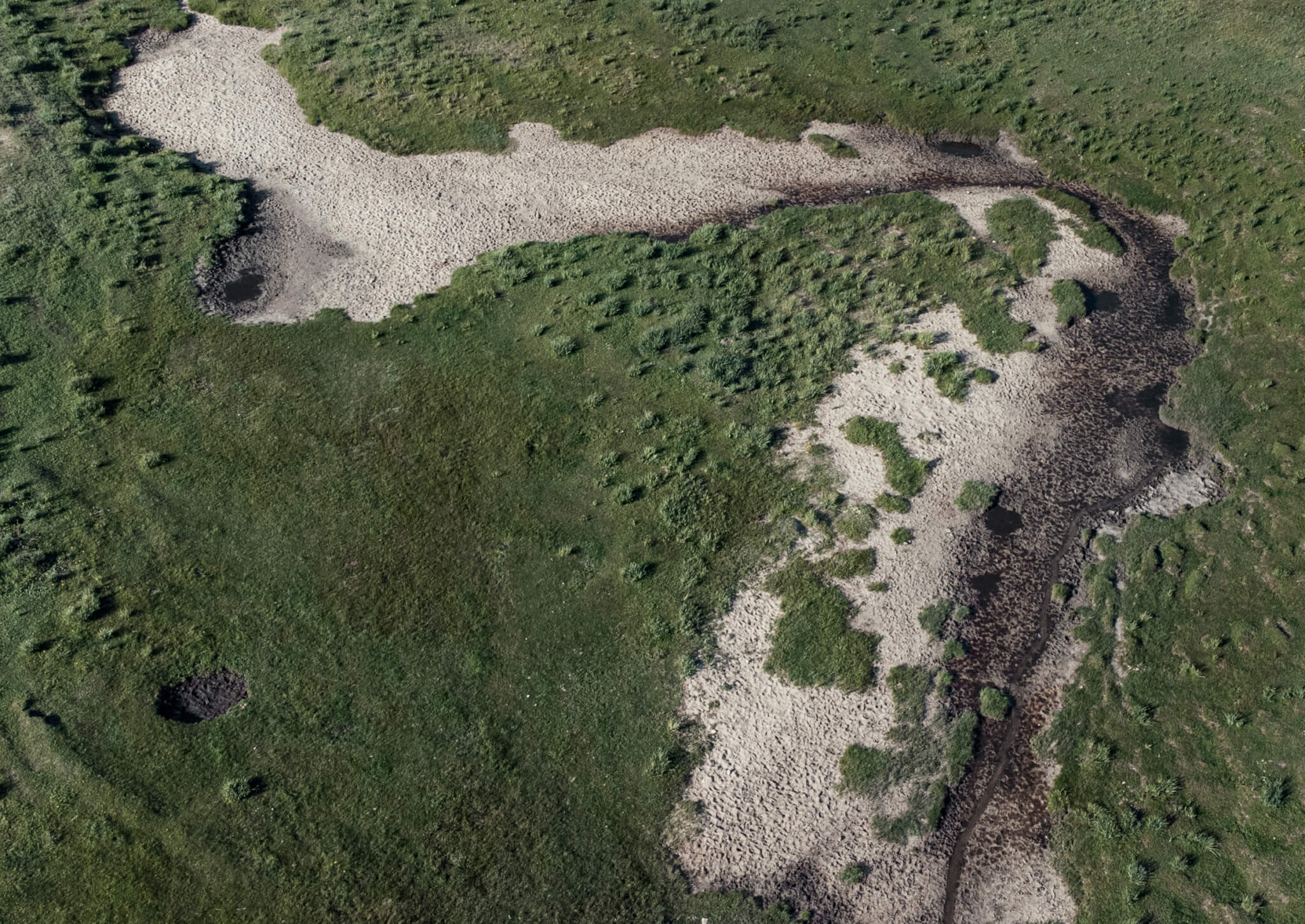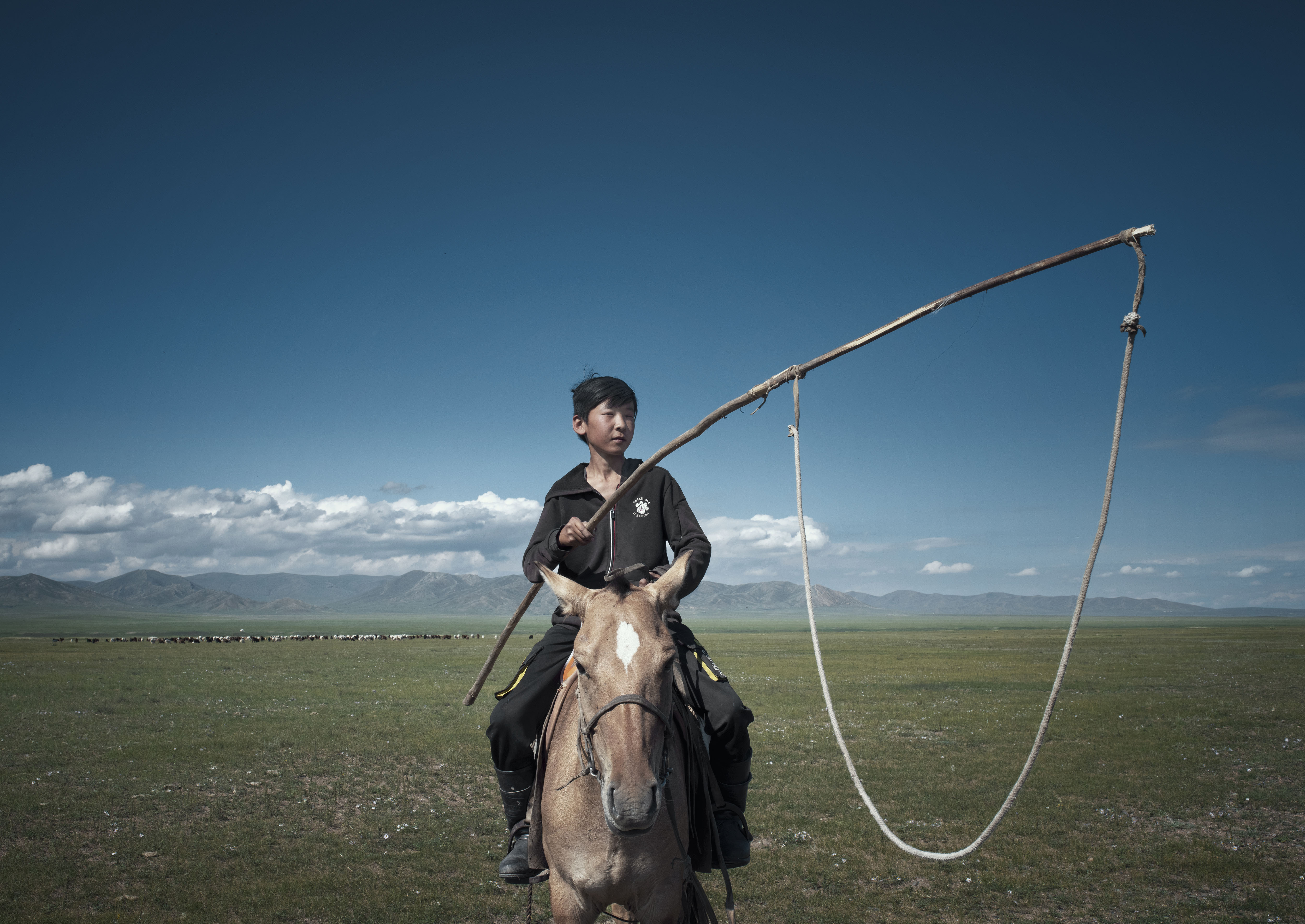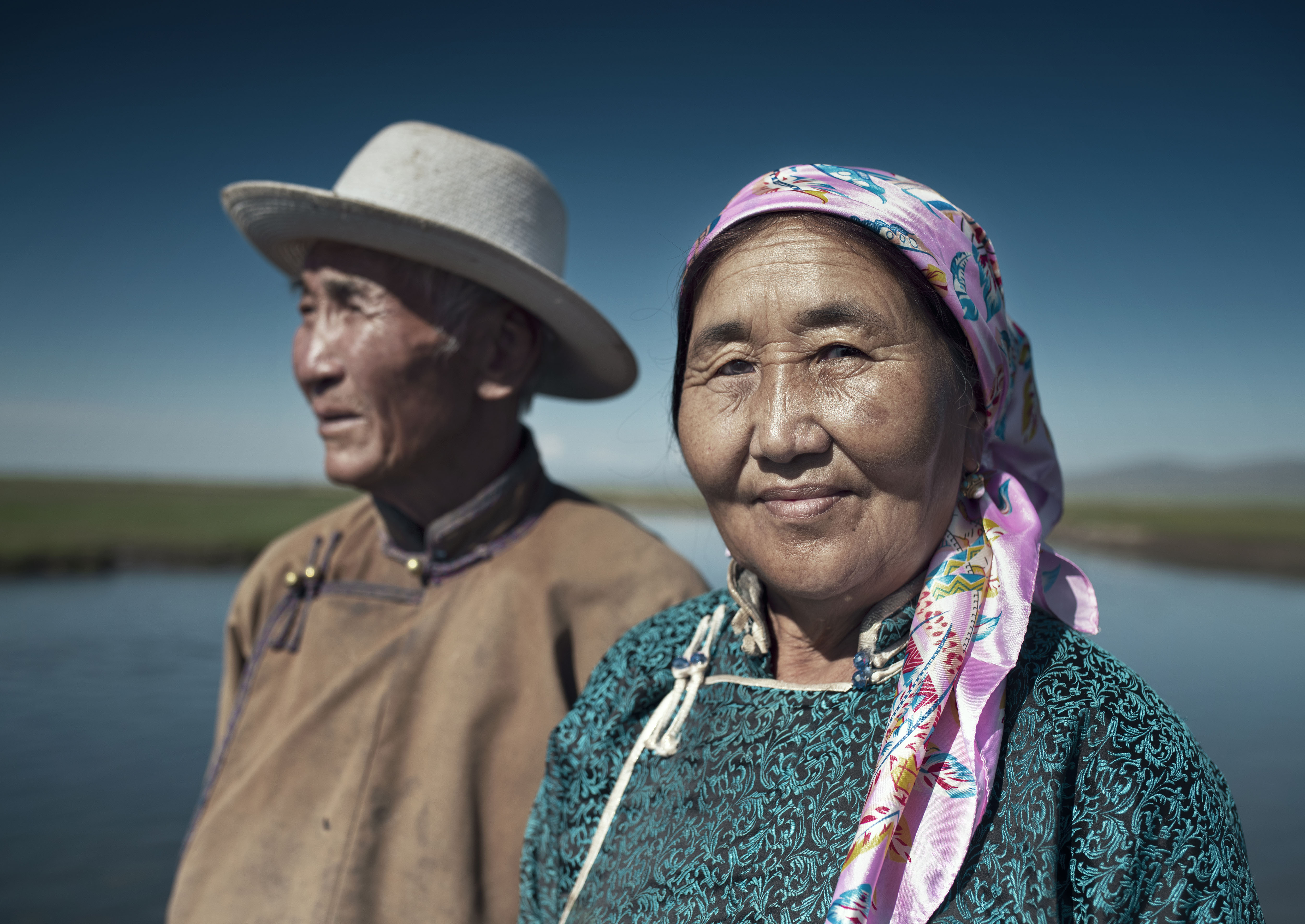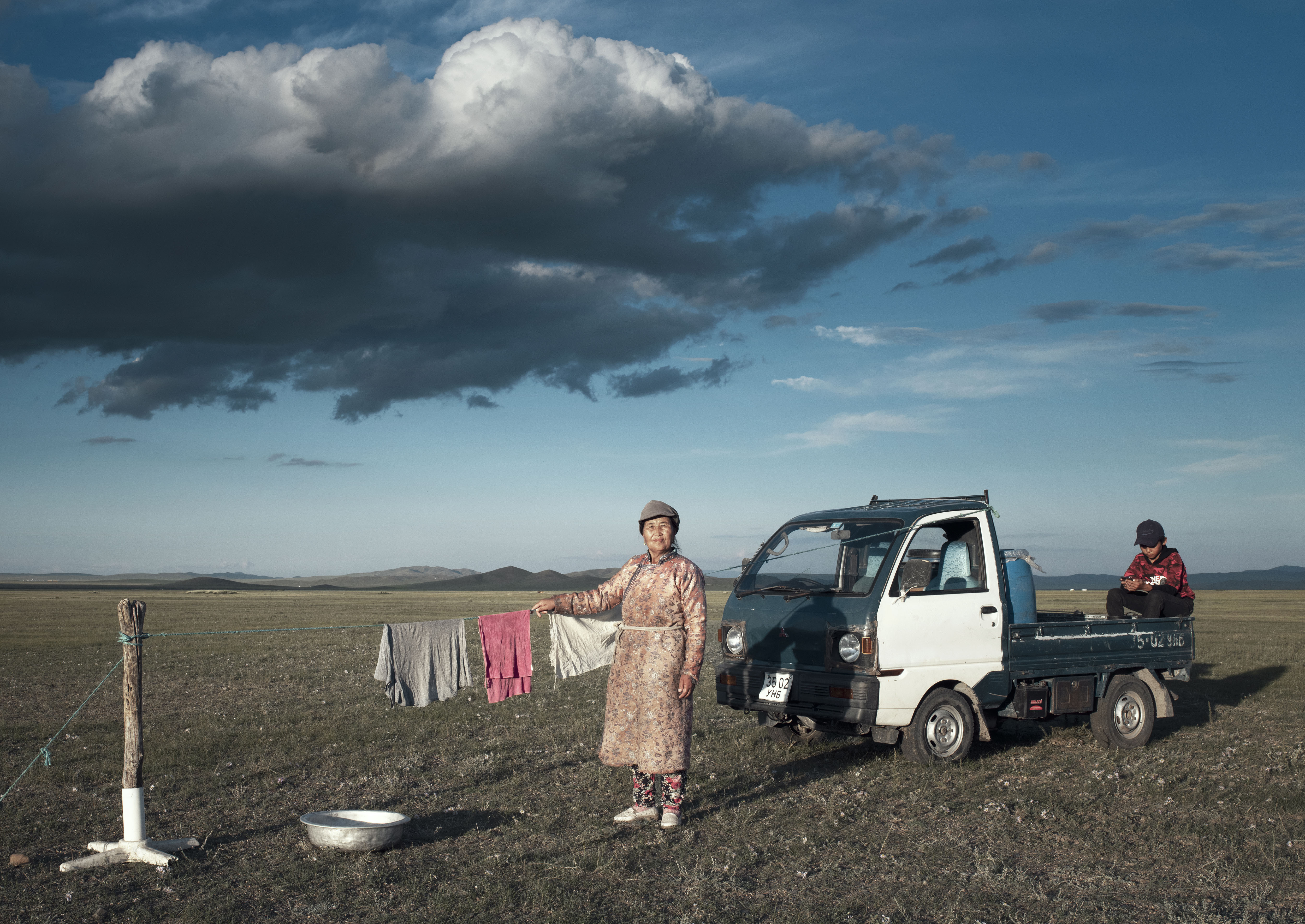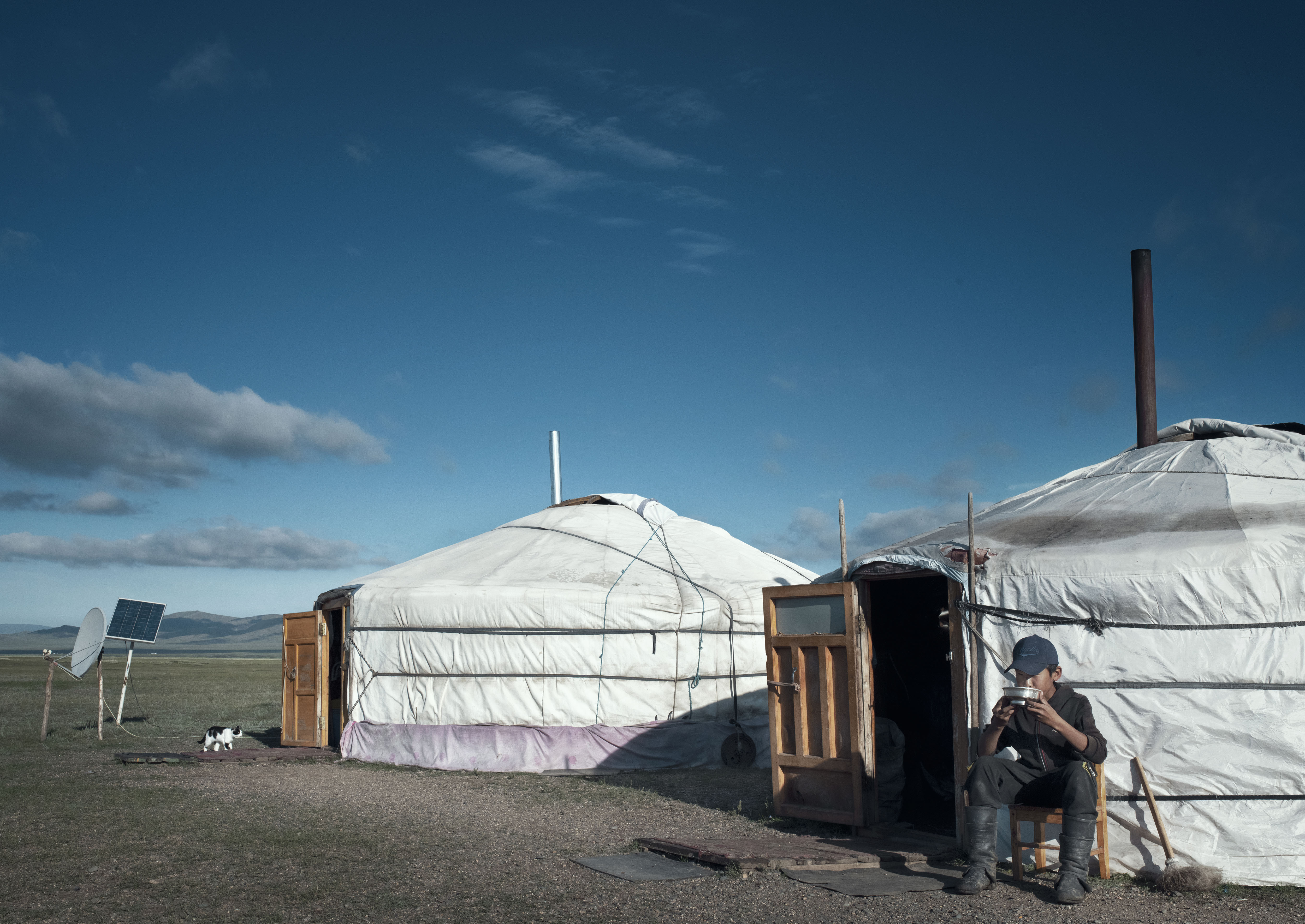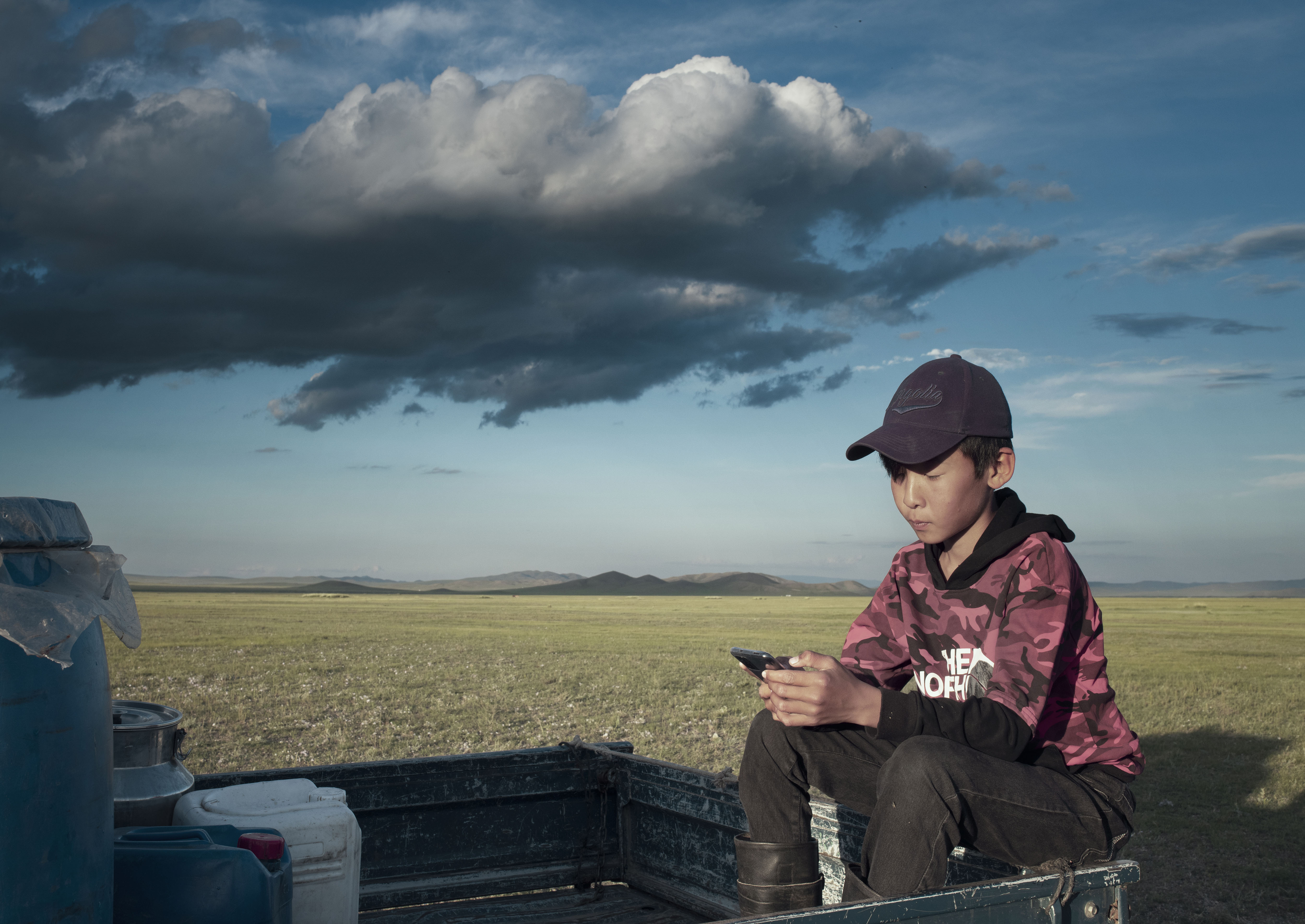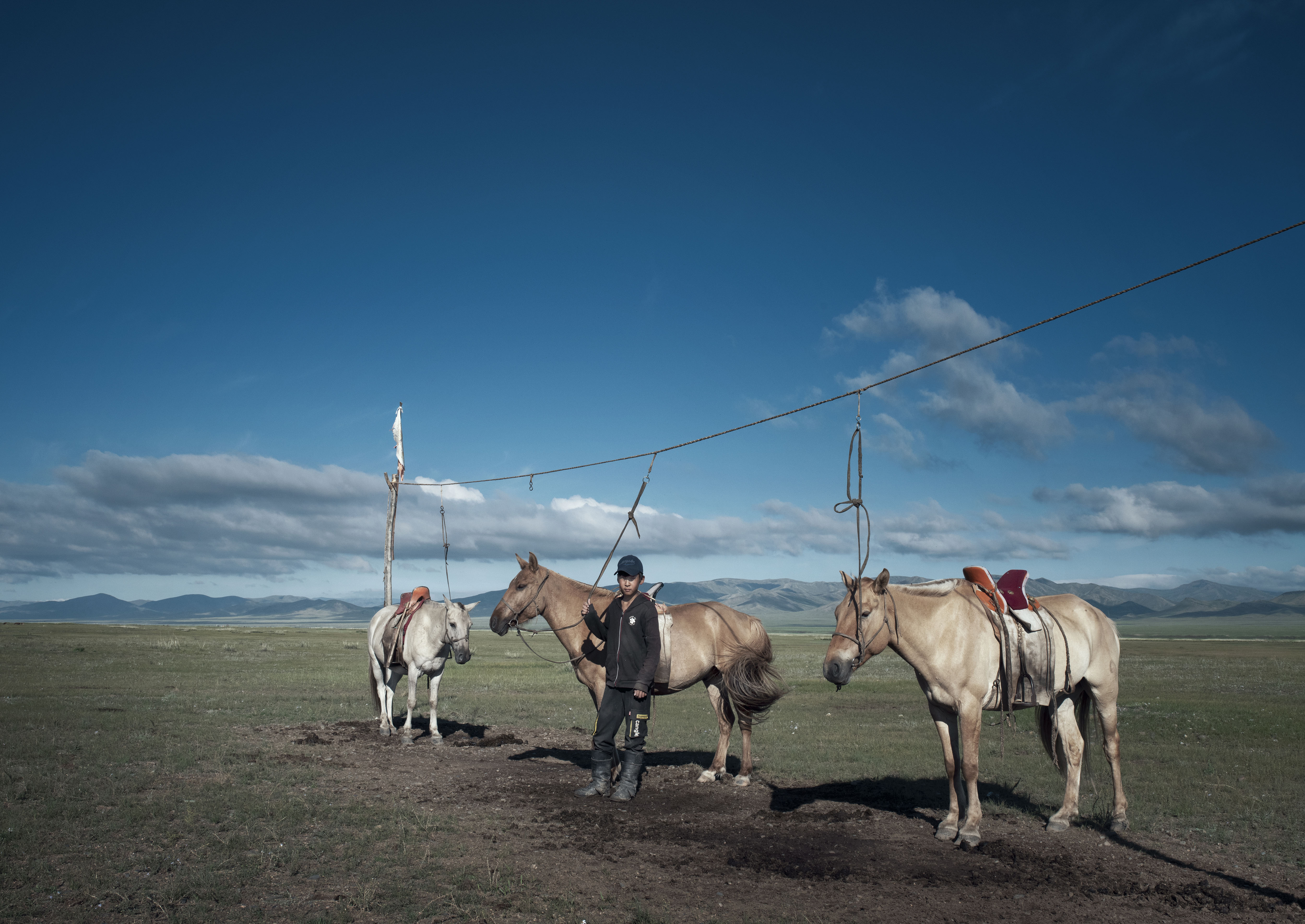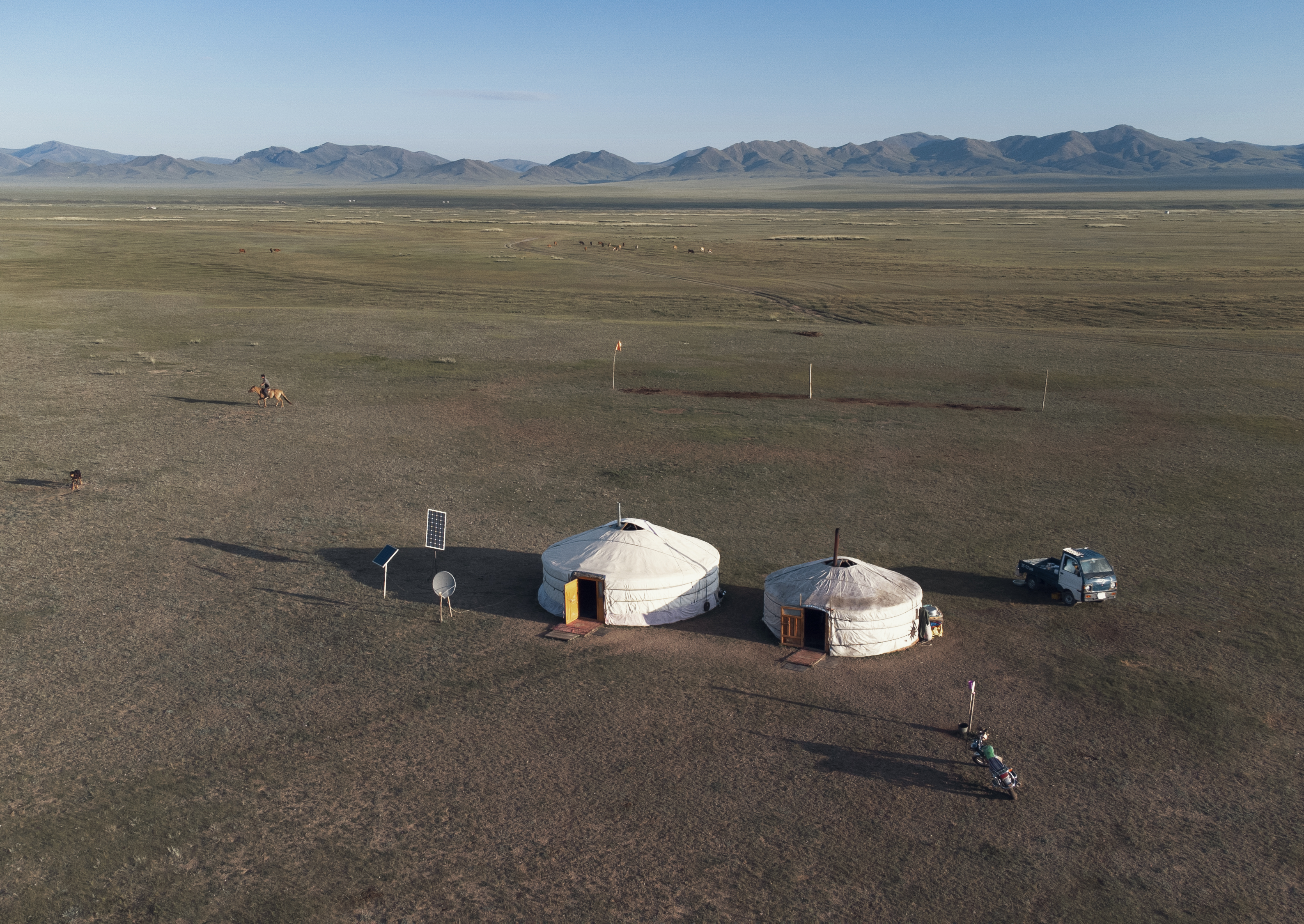Times viewed:233
For centuries, the Khalkha nomads have lived on the plateau of Tuul Goliin Hundii, where they graze their horses, cattle, goats and sheep. But how much longer will the grass grow here, as they are facing the alarming impacts of climate change?
Mongolia – The Khalkha nomads eke out a simple but tough existence there, living in felt-covered tents without the relative luxuries of running water, gas and lighting. And now climate change is putting additional pressure on their culture, way of life and livelihood. Changing weather patterns are driving more extreme winters in which average temperatures regularly drop below -40° C, causing the loss of up to 80 per cent of their livestock every year. The effects of global warming even hit them hard during the summer months.
“We have been seeing changes in nature for several years,” says Chantsaa Bat-Ochir (67). “In spring and summer we now experience longer periods of drought, with less frequent but much heavier rain showers during which so much rain falls so quickly that the dry soil simply cannot cope with it. Before our very eyes this once green plain is being changed into a barren wasteland. We are abusing nature, not just here, but all over the world. And now nature is hitting back, with a vengeance.”
Images: Nicole Franken – Text: Yvonne Dudock

